前言
在3D游戏开发中,实现模型的精准选中与交互是一个常见但具有挑战性的需求。本文将结合混元3D大模型自动建模技术和Cocos Creator引擎,详细解析如何实现类似”抓大鹅”微信小游戏中的3D模型选中与交互功能,包括颜色标识技术、物理交互和纹理处理等核心内容。

一、技术架构概述
整个系统主要包含以下几个核心模块:
混元3D模型生成与导入:负责自动化生成3D物品模型
颜色标识系统:为每个模型分配唯一颜色ID用于选中检测
渲染纹理交互:通过相机渲染和颜色读取实现精准选中
物理系统集成:处理模型的物理行为和碰撞
UI交互反馈:提供选中状态的可视化反馈
二、混元3D模型准备与处理
1. 模型生成与导入
首先使用混元3D大模型自动生成各种物品3D模型,导出为FBX格式。在Cocos Creator中,我们通过资源管理系统加载这些预制体:
async loadFruits(typeNum) {
await new Promise((resolve)=>{
assetManager.loadBundle("MainGame", resolve);
})
const bundle = assetManager.getBundle("MainGame");
const paths = bundle
.getDirWithPath("model/vegetables", Prefab)
.sort(() => Math.random() - 0.5)
.slice(0, typeNum)
.map((v) => v.path);
this.fruitPrefabs = await new Promise<Prefab[]>((resolve) => {
bundle.load<Prefab>(paths, Prefab, (err, data) => {
if (err) console.error(err);
resolve(data);
});
});
}2. 模型纹理处理
混元3D生成的模型可能包含嵌入纹理,我们需要提取并处理这些纹理:
extractTexturesFromFBX() {
this._fbxTextures = [];
const meshes = this.getComponentsInChildren(MeshRenderer);
meshes.forEach((mesh) => {
mesh.materials.forEach((mat) => {
// 通过已知属性名获取纹理
const textureNames = ['mainTexture', 'albedoMap', 'diffuseMap'];
for (const name of textureNames) {
const texture = mat.getProperty(name);
if (texture instanceof Texture2D) {
this._fbxTextures.push(texture);
break;
}
}
// 动态检测所有纹理属性
if (this._fbxTextures.length === 0) {
const props = Object.keys(mat);
props.forEach(prop => {
if (prop.toLowerCase().includes('texture') ||
prop.toLowerCase().includes('map')) {
const tex = mat[prop];
if (tex instanceof Texture2D) {
this._fbxTextures.push(tex);
}
}
});
}
});
});
}三、颜色标识系统实现
1. 颜色ID分配
为每个模型实例分配唯一的颜色ID,用于后续的选中检测:
initFruits(count: number) {
// ...
const colorId = this.colorId.getNextId();
const color = this.colorId.id2Color(colorId);
fruitTs.init(this.colorIDMat, color);
this.colorId.setById(colorId, ele);
// ...
}2. 颜色ID渲染
使用单独的相机渲染颜色ID层,每个模型有一个对应的ID节点使用纯色材质:
// 在Fruit类中初始化ID节点
this.idNodes = meshes.map((mesh) => {
const idNode = new Node("id");
this.node.addChild(idNode);
idNode.layer = Layers.Enum["COLOR_ID"];
const idMesh = idNode.addComponent(MeshRenderer);
idMesh.mesh = mesh.mesh;
idMesh.materials = mesh.sharedMaterials.map(() => {
const idMat = new Material();
idMat.copy(mat);
const pass = idMat.passes[0];
pass.setUniform(pass.getHandle("mainColor"), color);
return idMat;
});
return idNode;
});四、交互检测实现
1. 渲染纹理设置
设置专门的相机渲染颜色ID到RenderTexture:
onWindowResize(width: number, height: number) {
// ...
this.renderTexture.resize(tW, tH);
this.selectCamera.targetTexture.resize(tW, tH);
this.selectCamera.targetTexture = this.selectCamera.targetTexture;
// ...
}2. 触摸点颜色读取
通过读取渲染纹理上触摸点位置的颜色值来确定选中的对象:
getSelectObj(touchPos: Vec2) {
if (!touchPos) return null;
this.renderTexture.readPixels(touchPos.x * this.targetScale,
touchPos.y * this.targetScale, 1, 1, this.colorBuffer);
const [r, g, b] = this.colorBuffer;
return this.colorId.rgb2Id(r, g, b);
}3. 选中状态反馈
通过改变模型层级来实现选中高亮效果:
setObjSelect(obj: Node, enable: boolean) {
if (!obj) return;
if (enable) {
obj.layer = Layers.Enum['SELECT'];
this.selectOBj = obj;
} else {
obj.layer = Layers.Enum.DEFAULT;
this.selectOBj = null;
}
}五、物理系统集成
为模型添加物理组件实现真实的物理行为:
// 在Fruit类中初始化物理组件
this.rb = this.addComponent(RigidBody);
this.colliders = meshes.map((mesh) => {
const collider = this.node.addComponent(MeshCollider);
collider.convex = true;
collider.mesh = mesh.mesh;
collider.shape.setMesh(mesh.mesh);
return collider;
});
六、性能优化技巧
分批实例化:使用schedule分批创建模型避免卡顿
this.schedule(initItem, 1 / 60, count - 1);纹理复用:复用混元3D模型自带的纹理资源
层级管理:通过层级控制不同相机的渲染内容
渲染纹理尺寸优化:根据屏幕尺寸动态调整RenderTexture大小
七、完整交互流程
玩家触摸屏幕
获取触摸点位置
从颜色ID相机的渲染纹理读取该位置颜色
将颜色转换为对象ID
查找对应对象并高亮显示
处理触摸结束事件,执行相应游戏逻辑
结语
通过结合混元3D大模型的自动建模能力和Cocos Creator的渲染与物理系统,我们实现了一套高效的3D模型选中与交互方案。这种技术不仅适用于”抓大鹅”这类休闲游戏,也可以广泛应用于各种需要3D对象交互的场景中。关键在于颜色标识系统的精准性和渲染管线的合理配置,这保证了即使在移动设备上也能有流畅的交互体验。
希望本文能为您的3D游戏开发提供有价值的参考。在实际项目中,还可以根据需求进一步优化,比如添加更炫酷的选中效果、实现多选功能等,让游戏体验更加丰富。
想要完整游戏源码请留言












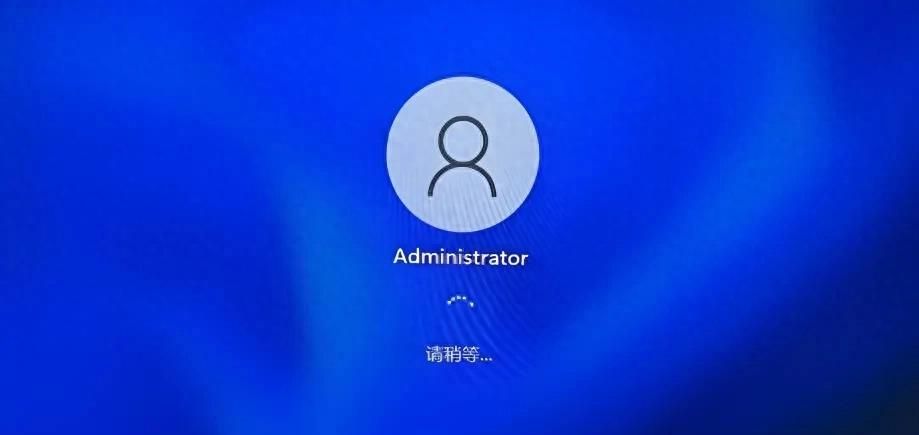
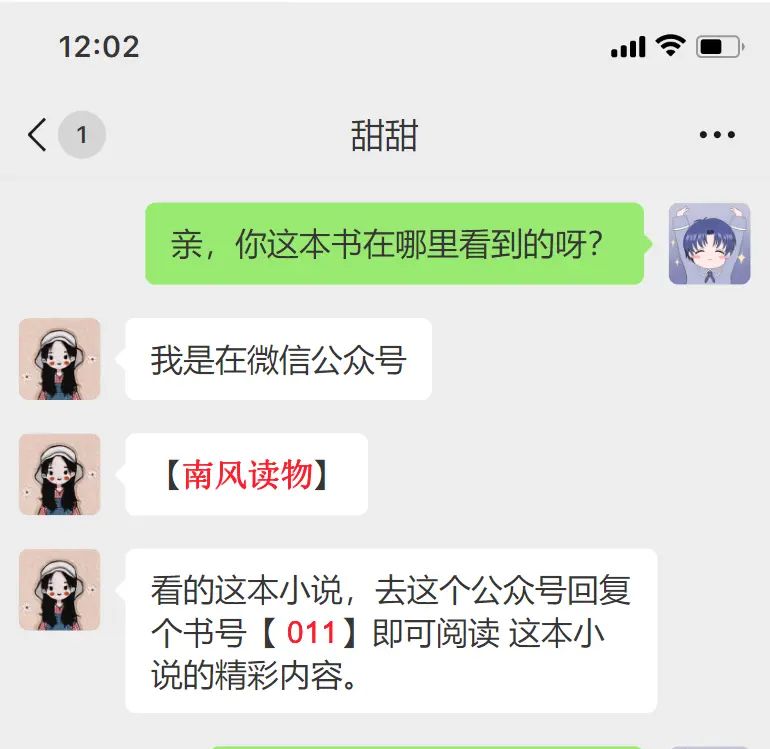

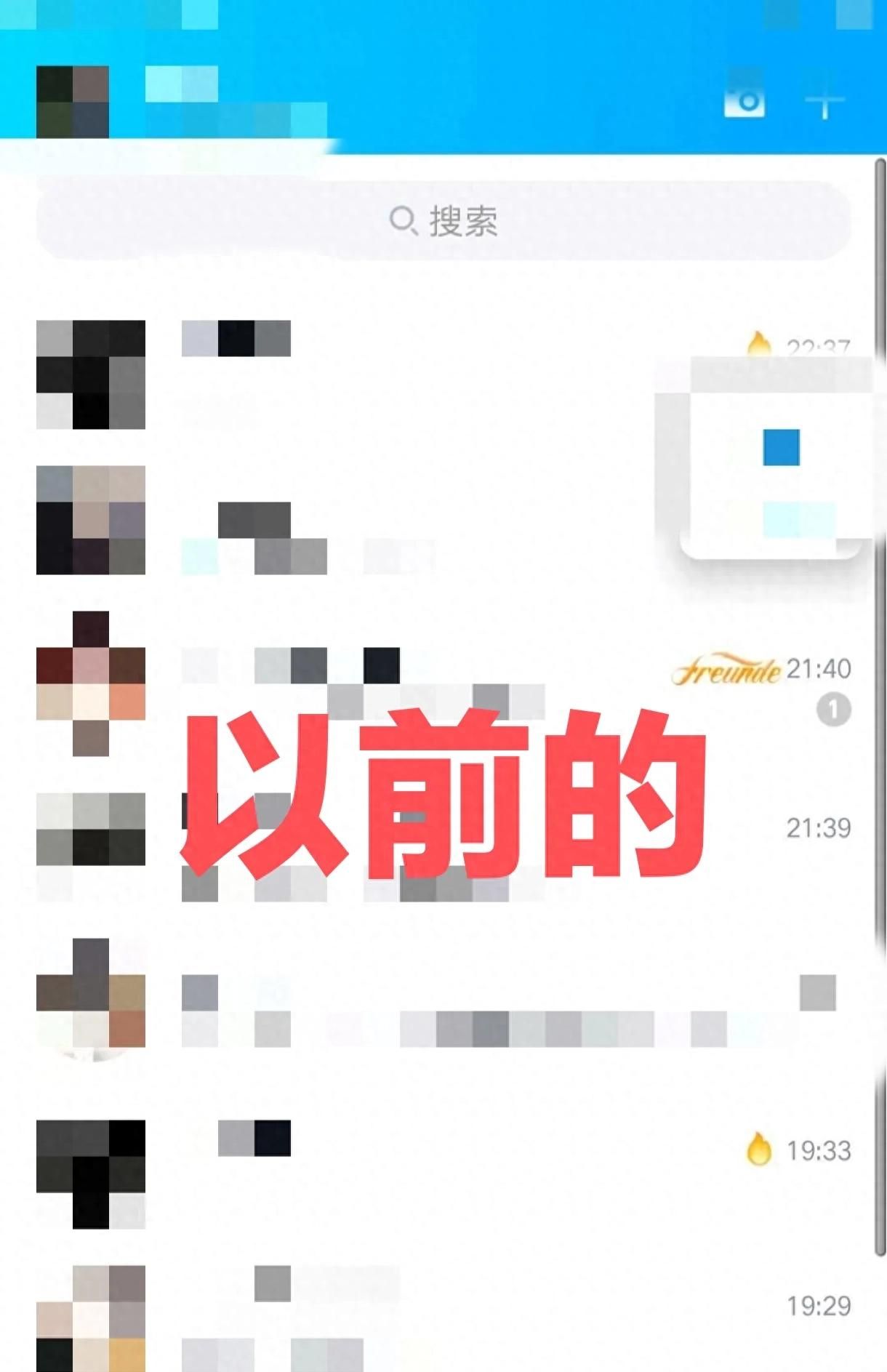
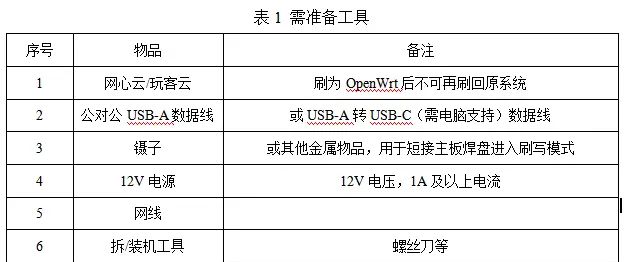
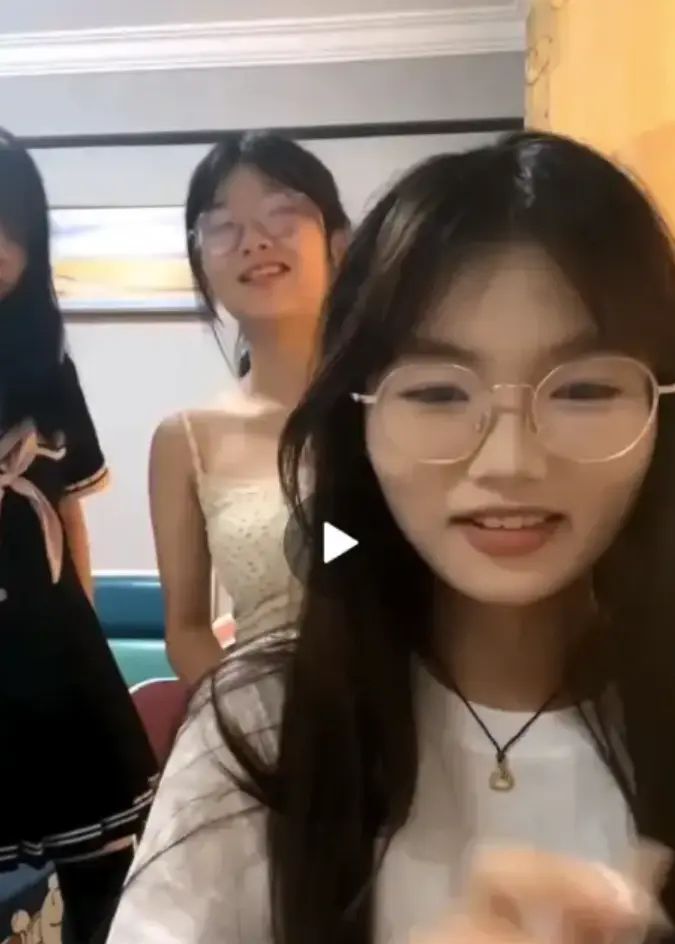






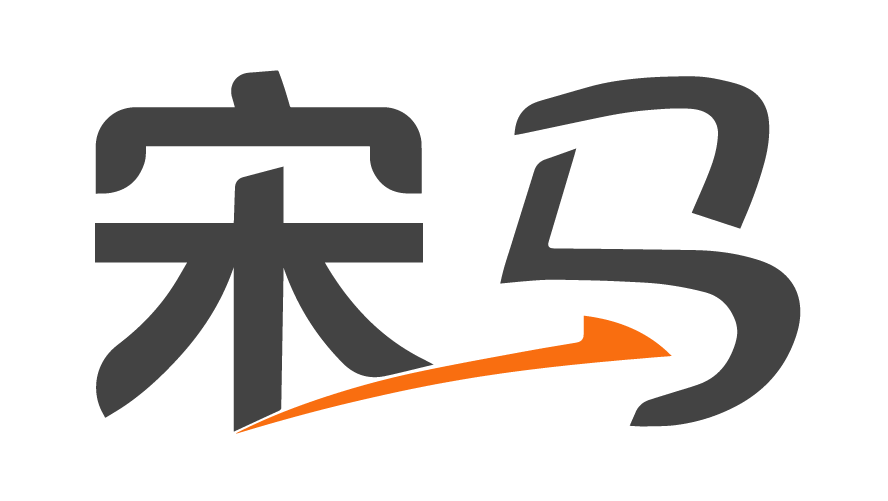
暂无评论内容